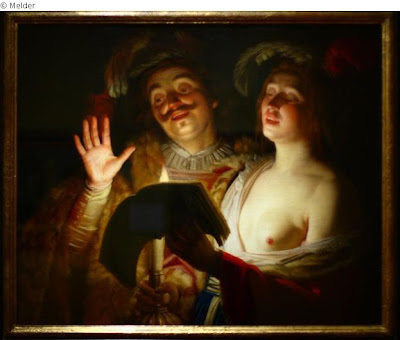It’s not every day that one finds archival gems on the Internet, especially coming straight from the Association of Art Museum Directors (AAMD).
A delegation from the AAMD met with World Bank officials in Washington, DC.
The AAMD contingent included:
The AAMD delegation met with Stephen Karam, a senior urban economist, and Christina Johnnides, a World Bank official involved in gender equality projects around the globe.
The ostensible purpose of the meeting was to explore new markets for American museum directors, collectors and dealers specializing in antiquities. The AAMD delegates expressed concerns about how the international antiquities trade suffered from “self-imposed restrictions” especially as a result of laws in the United States that placed hindrances to the free flow of antiquities. They voiced the hope that relations might improve with source countries rich in archaeological treasures and in particular develop productive “legal antiquities markets” in countries where such markets were not as well developed.
The World Bank representatives apparently balked at the idea of being part of a plan to develop new markets for the international antiquities trade. In their view, the AAMD’s desires would be viewed in source countries as being insensitive to questions of “cultural heritage”. In essence, the AAMD was naïve to think that it could foster and improve “legal markets” in the antiquities trade without taking into account the concerns of source countries about looting and preserving their cultural patrimony.
The AAMD delegation left the meeting somewhat irked. The overall impression that they took away with them was that the World Bank, which is responsible for projects “in 185 countries,” was far more interested in catering to the needs of source countries than in promoting new markets for Western interests, read American.
One must congratulate the AAMD for single-handedly pressing to liberalize the trade in cultural objects worldwide under the misleading and downright patronizing flag of KULTUR.
Flash back to February 11, 2009:
| World Bank Source: Wikipedia |
The AAMD contingent included:
- Michael Conforti, then president of the AAMD, now the director of the Clark Museum in Williamstown, Massachusetts

Michael Conforti
Source: The Clark
- Brent Benjamin, director of the Saint Louis Art Museum
- Kim Rorschach, then director of the Nasher Art Museum at Duke University, now director of the Seattle Art Museum
- Anita Difanis, director of government affairs for the AAMD
 |
| Kim Rorschach Source: Nasher Art Museum at Duke University |
- Andy Finch, director of policy (now co-director of government affairs) for the AAMD
- Stephen “Josh” Knerly, art law expert
 |
| "Josh" Knerly Source: Courtesy of Hahn Loeser |
The ostensible purpose of the meeting was to explore new markets for American museum directors, collectors and dealers specializing in antiquities. The AAMD delegates expressed concerns about how the international antiquities trade suffered from “self-imposed restrictions” especially as a result of laws in the United States that placed hindrances to the free flow of antiquities. They voiced the hope that relations might improve with source countries rich in archaeological treasures and in particular develop productive “legal antiquities markets” in countries where such markets were not as well developed.
The World Bank representatives apparently balked at the idea of being part of a plan to develop new markets for the international antiquities trade. In their view, the AAMD’s desires would be viewed in source countries as being insensitive to questions of “cultural heritage”. In essence, the AAMD was naïve to think that it could foster and improve “legal markets” in the antiquities trade without taking into account the concerns of source countries about looting and preserving their cultural patrimony.
The AAMD delegation left the meeting somewhat irked. The overall impression that they took away with them was that the World Bank, which is responsible for projects “in 185 countries,” was far more interested in catering to the needs of source countries than in promoting new markets for Western interests, read American.
How frustrating!Fast forward to 2012: This is the same organization that is attempting to sway the Senate Judiciary Committee into passing a law, currently referred to as Senate Bill 2212, that promotes the free trade of cultural objects in and out of the United States, without due concern for the origin of those objects—licit or illicit. Most perniciously, SB 2212 would bar any legal claims against any cultural object entering the United States, regardless of the taint of plunder and theft that it might carry with it while on display in an American museum or other cultural institution.
One must congratulate the AAMD for single-handedly pressing to liberalize the trade in cultural objects worldwide under the misleading and downright patronizing flag of KULTUR.






